In the first post of this series, we named the popular methods for texture compression in OpenGL ES, particularly Imagination Technologies PVRTC on all Apple and many Android mobile devices. Now, let’s explore what texture compression involves, what PVRTC does, and how it differs from other approaches.… Read More
Author: Don Dingee
It’s a 14nm photomask, what could possibly go wrong?
Let’s start with the bottom line: in 14nm processes, errors which have typically been little more than noise with respect to photomask critical dimension (CD) control targets at larger process nodes are about to become very significant, even out of control if not accounted for.… Read More
Something old, something new in SystemC HLS
Perhaps no area in EDA has been as enigmatic as high-level synthesis (HLS). At nearly every industry event, some new-fangled tool always seems to be tabbed as the next big thing by some analyst or pundit. In a twist, the latest news is on one of the oldest tools – CybeWorkBench.… Read More
More to the story than bigger FPGA-based prototyping
Still not convinced on the value of FPGA-based prototyping systems, or using older technology? I’ve been trying to find the story beyond just bigger, badder FPGAs in a box that you pour RTL into – and found some hints in a webinar on the Synopsys HAPS-70 from earlier this year.… Read More
Compressing OpenGL ES textures
The 80s called, and they want lazy programming back. Remember “Mr. Mom”? Michael Keaton is talking about rewiring the house, and Martin Mull asks if he’s going to use all 220V, and Keaton responds “Yeah, 220, 221, whatever it takes.” Not knowing what’s inside can make you look silly.
Such is the case with OpenGL ES. Taking a look at … Read More
How many consortia does POWER need to succeed?
Sometimes press releases just make me scratch my head. Today’s example comes from IBM: after tying PowerPC and Power.org in knots for almost 20 years with rules and restrictive licensing, IBM breaks ranks and sets up ANOTHER consortium with different players.… Read More
Scan the horizon, P1687 takes us higher
The tech standards cycle almost always goes like this: Problems or limits develop with the existing way of doing things. Innovators attempt to engineer solutions, usually many of them. Chaos ensues when customers figure out nothing new works with anything else. Competitors sit down and agree on a specification where things work… Read More
Constrain all you want, we’ll solve more
EDA tool development is always pushing the boundaries, driven in part by bigger, faster chips and more complex IP. For several years now, the trend has been developing tools that spot problems faster without waiting for the “big bang” synthesis result that takes hours and hours. Vendors, with help from customers, are tuning tools… Read More
The fixed and the finite: QoR in FPGAs
There is an intriguingly amorphous term in FPGA design circles lately: Quality of Results, or QoR. Fitting a design in an FPGA is just the start – is a design optimal in real estate, throughput, power consumption, and IP reuse? Paradoxically, as FPGAs get bigger and take on bigger signal processing problems, QoR has become a larger… Read More
Workload-tuned cores seeing greater interest
Is it possible to design a processor with very high performance and low power consumption? To answer that, embedded illuminati are now focusing on designs tuned to specific workloads – creating a tailored processor that does a few things very efficiently, with nothing extra.… Read More



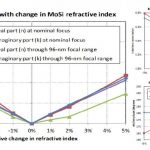
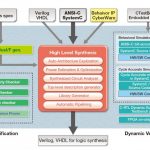
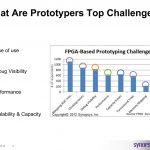
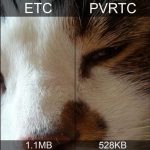

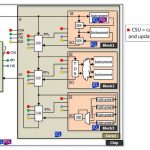

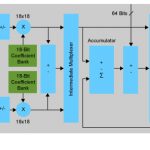









Intel High NA Adoption